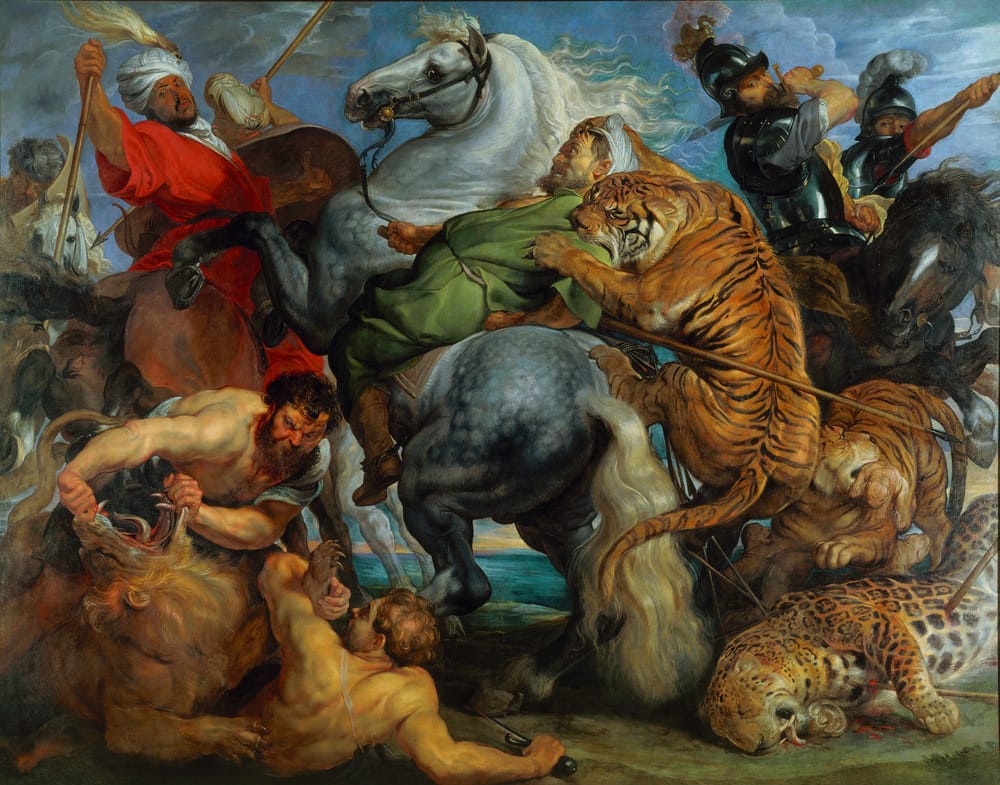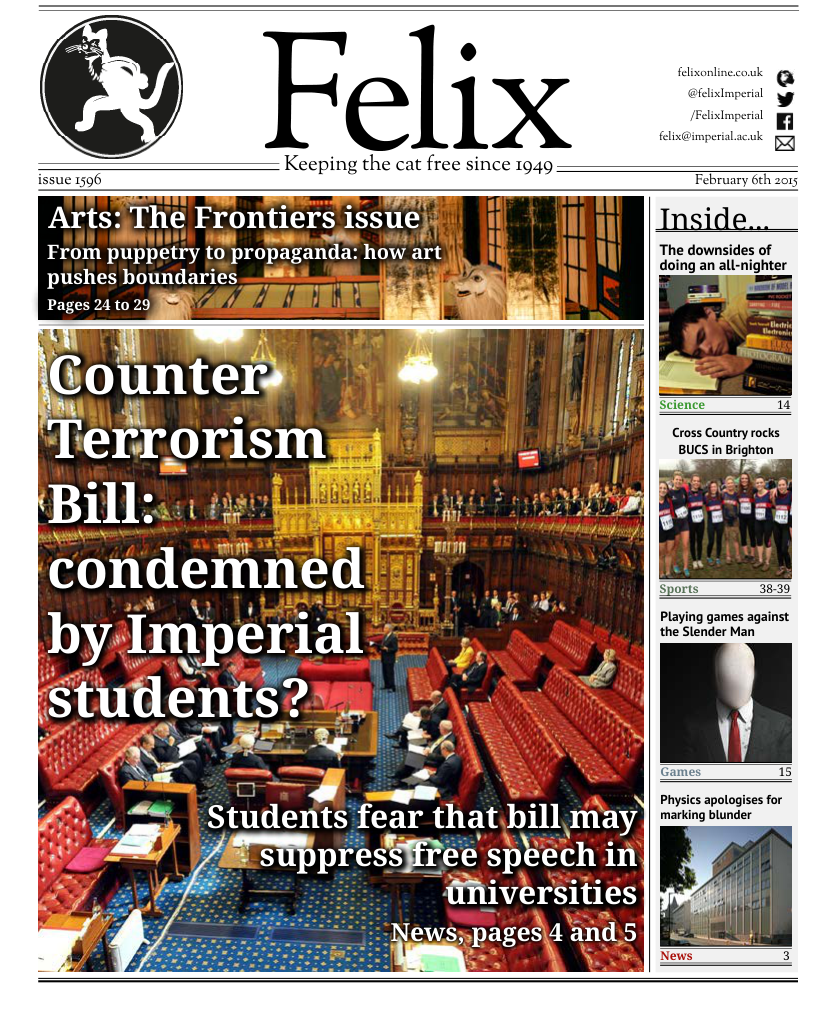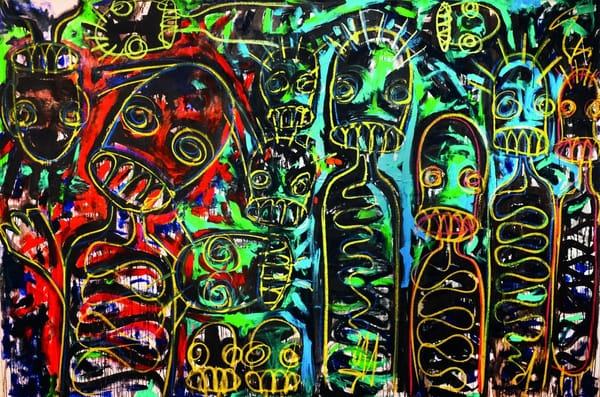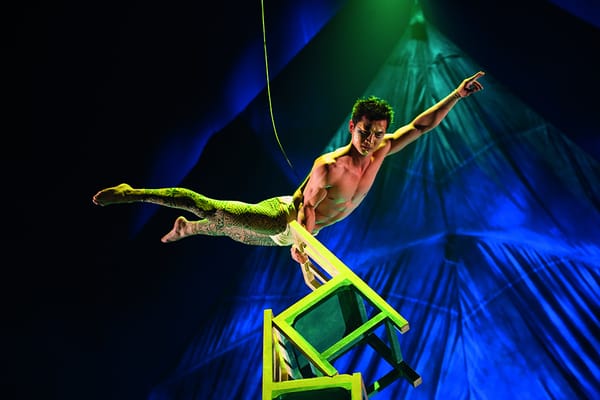A Journey to the Heart of Western Art
Blaise Verhasselt examines Rubens’ legacy at a new RA show

In collaboration with the Royal Museum of Fine Arts of Antwerp, the Royal Academy presents the first exhibition in the UK exploring Rubens’ influence on subsequent art history.
This extremely rich display demonstrates the lasting impact Peter Paul Rubens (1577-1640) had on successful painters during the three centuries following his death.
The curators have managed to bring together over 150 masterpieces of Rubens and the artists who later made use of his techniques; the list of artists featured is expansive, including Van Dyck, Watteau, Murillo, Gainsborough, Reynolds, Turner, Delacroix, Manet, Cézanne, Renoir, Klimt and Picasso.
Drawing on his deep knowledge of Renaissance art and Italian Masters, Rubens managed to develop his own style of realism and brushwork, creating monumental portraits & romantic landscapes, becoming the most sought-after Flemish Master during his life. An early widower, he travelled Europe to offer his services to his many royal patrons, leaving behind an exceptionally prolific and versatile body of work. Crucially, this unanimously acclaimed heritage scattered around Europe was available to serve as model for the formation of next generations of artists. Moreover, many of his masterpieces were engraved and largely diffused throughout the known world. In the exhibition there is even a 17th century Chinese plate copying one of Rubens’ paintings!
Rubens' legacy has unmatched resonance for artists, even to the present day.
Whilst Rubens is best known for his portraiture of fleshy nudes, this exhibition reveals the variety of the Master’s production and the codes he invented; from composition to theme, style to colour, Rubens’ legacy has unmatched resonance for artists, even to the present day.
The curators have therefore opted for a thematic display: Poetry, Elegance, Power, Lust, Compassion and Violence. Each of Rubens’ paintings are intuitively shown opposite his followers’, stressing the technique laid down by the Master and picked up later. We start with his own assistant Van Dyck and move from Boucher and Watteau in 18th century; through Delacroix, Constable and Daumier in the 19th century; and to Cézanne and Picasso in the 20th.
Poetry presents bucolic landscapes of Gainsborough, Constable and Turner and romances by Watteau. Elegance displays portraits of the Elite by Van Dyck and Fragonard. Power comprises sketches of monumental frescos and ceilings by Thornhill. Compassion showcases religious works by Delacroix. Violence exposes impressive depictions of infernal scenes and dramatic confrontations of man and beast during hunts by Delacroix and Soutman. Finally, Lust reveals nudes by many inspired successors, including Cézanne and Picasso to name but a few.
Best known for his fleshy nudes, this exhibition reveals the variety of the Master's production
In parallel with Rubens and His Legacy: Van Dyck to Cézanne, Royal Academician Jenny Saville prepared a response entitled La Peregrina. Exhibited in one of the last rooms, this display presents works by modern artists such as Willem de Kooning, Pablo Picasso, Francis Bacon, and Sarah Lucas. Saville has even created a new work especially for the occasion: Voice of the Shuttle (Philomela).
La Peregrina takes its name from an exceptional pearl depicted by Rubens in his time that eventually came to belong to Andy Warhol’s muse, Elizabeth Taylor. Although La Peregrina never appeared in Warhol’s work, Saville sees it as a brilliant name for the display she has brought together; unlike the obvious relations between Rubens’ and others’ paintings in the main exhibit, she creates a dialogue with Rubens through the medium of modern art. The works on display have for Saville an inherent debt to Rubens in terms of composition and colour; the quasi-subliminal links she establishes constitute indubitably a vibrant homage to the Flemish Master.
Throughout the rooms, it is striking to discover the legacy left by Rubens to art in general, and even more fascinating to realize the breadth of his work. Indeed, most of the brilliant successors who claimed to have been influenced by Rubens were specialized in very different themes, in fact all six aforementioned. It seems that we can conclude the exhibition is a success, meeting perfectly its goal of demonstrating Rubens’ influence on prominent artists who came long after him.
Rubens and His Legacy: Van Dyck to Cézanne is at the Royal Academy of Arts until April 10th. Tickets £15, concessions available









